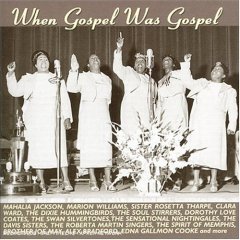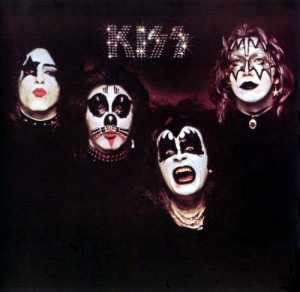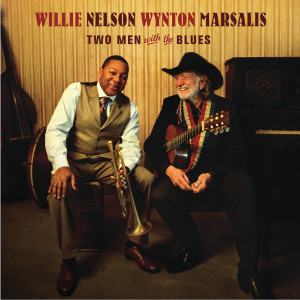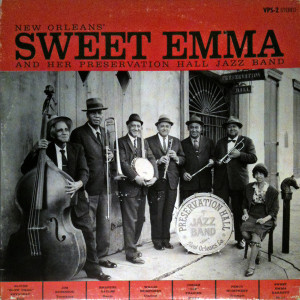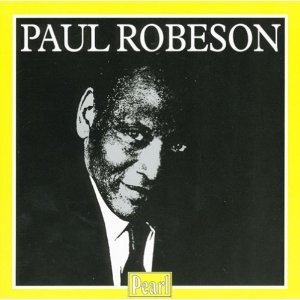Various Artists – When Gospel Was Gospel Shanachie SH 6064 (2005)
A nice collection of gospel from 1946-1969 produced by Anthony Heilbut, the author of The Gospel Sound: Good News and Bad Times. Eight of the selections are previously unreleased live recordings, which may make this interesting to those already well familiar with the artists represented here but also less interesting to those looking for just a general introduction to gospel music. There are plenty of great female gospel singers and groups on display here. If this set does have a theme, it is a focus on the kinds of acts that emphasized very disciplined singing and very traditional lyrics with generally biblical tones. That is to say, this collection steers clear of more modern gospel with more emotional, unhinged vocals. So the title “When Gospel Was Gospel” seems to reflect a context of a lecture by an old timer to a younger “kid” about days gone by when things were good, serious, dependable, meaningful, and, from the point of view of the “kid” being lectured, entirely boring and out of date. Well, I’m being harsh. All the music here is really good, even the obscure live recordings. The thing is, this set has a tendency toward the kind of dour, serious material that threatens to take all the fun out of listening to the whole thing front to back. It would have gone a long way if different artists, or even different songs by the artists already represented here, were selected to place a few more up tempo, lively numbers here and there. Fans of gospel music won’t be bothered by the dour seriousness, of course. There are so many great performances, from Mahalia Jackson‘s soaring “Power of the Holy Ghost” to Marion Williams‘ “Traveling Shoes”, that there is bound to be at least something for everyone to love. But, this set might be a little too disciplined and straight to win over many new fans of the genre. I hesitate to add this, but felt like I should: the sound quality of this disc is a bit muffled, so you don’t hear all the great voices as clearly and crisply as you might like.

